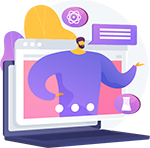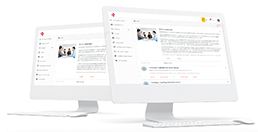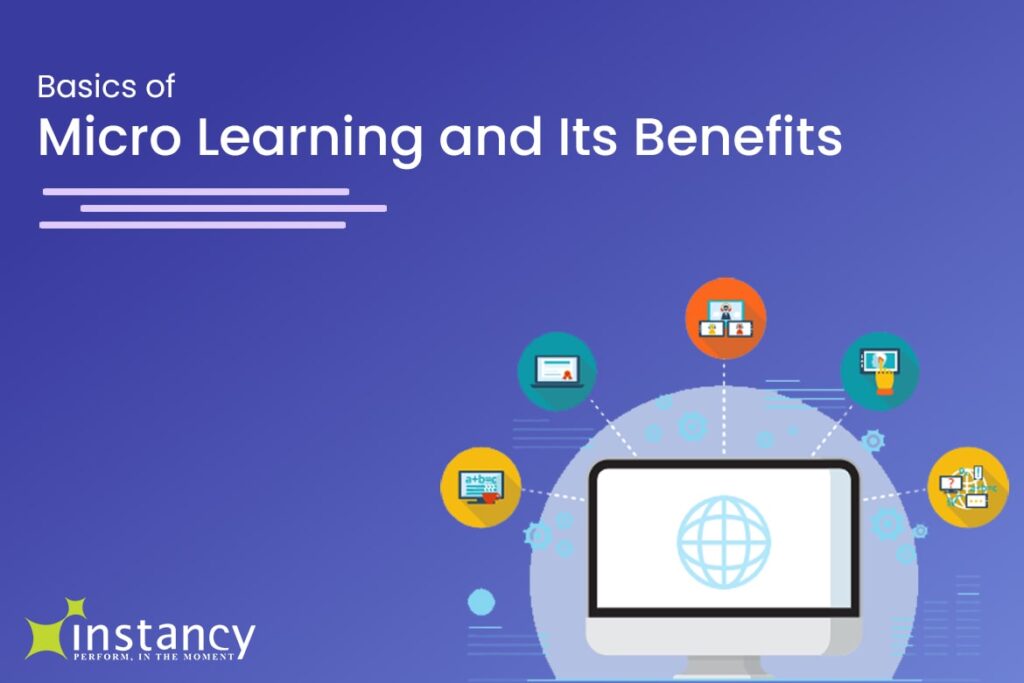The basic concept of micro learning is to organize and deliver educational and training material into short segments. Traditional educational approaches have focused on presenting material through long form content, like eBooks and eLearning courses, requiring the learner to spend long periods of time focusing on multiple concepts, subjects, or skills at a time. In contrast, micro learning is designed to be delivered in smaller segments that take less time to complete. This form of learning is much more in tune with the modern learner’s attention span and lifestyle and ability to retain the knowledge or skill acquired.
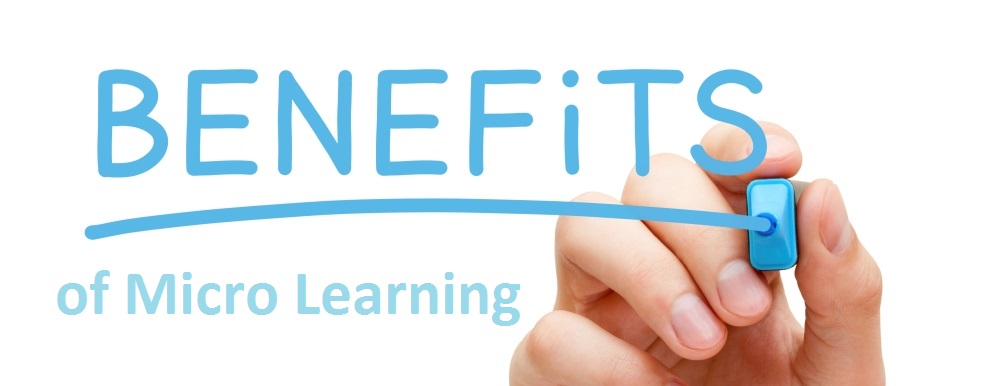
Micro learning benefits both the learner and the content designers in training organizations. It benefits the learner because they are able to more quickly acquire knowledge through a variety of formats adapted to the technologies they are already using in their everyday lives. Educational and training organizations benefit because these smaller courses are cost effective to develop and to update as needed. Overall, micro learning allows for many levels of variation and customization in education.
The Characteristics and Implementation of Micro Learning
Micro learning better enables material to be delivered through various forms of media, such as video, short presentation, a PDF document, audio, a short quiz or game. The key to delivering material in a micro learning format is to make sure the course segments are divided into smaller chunks. For instance, instead of a video course lasting an hour and covering various topics in a single video, these same topics can be divided into shorter individual videos or combined with other content types. Likewise, micro learning allows for material to be adapted into formats better suited for modern technologies. Large volume of text, for example, is difficult to consume on the smaller screen mobile devices that are widely used by today’s learners.

For some areas of study, the segmentation of information and knowledge isn’t just beneficial; it’s optimal. For example, in teaching a new software application that performs a variety of functions, the educator is better able to focus the learner’s attention on the most relevant parts of that software. This way the learner is able to quickly learn a new software skill without having to also learn parts of that software that may not be entirely useful for their purposes.
Why Learning Institutions and Employers Should Use Micro Learning
The applications and benefits of micro learning are not just limited to the classroom based learning materials, however. Businesses can use micro learning to make employee training more time and cost effective. By teaching new skills in short and focused segments, employees are able to spend more time doing their jobs and less time sitting in training rooms and access the learning at the moment of need to perform a job-task more confidently and correctly. Learning courses used by businesses have a great deal of flexibility in their implementation, and micro learning allows for these businesses to focus on the skills that would most benefit their employees and the organization as a whole.
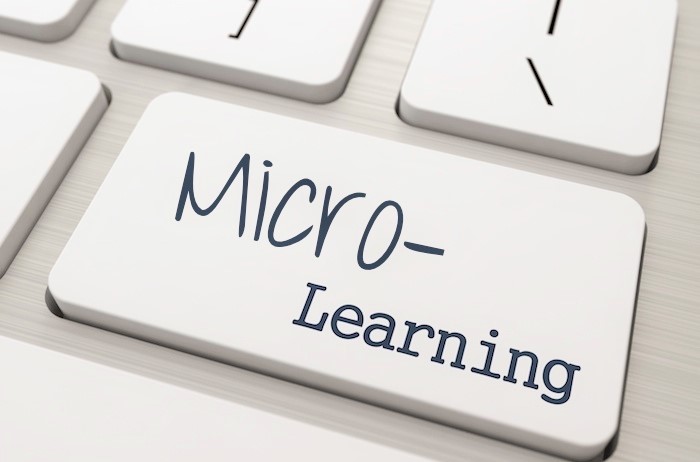
For training organizations, micro learning helps solves the issue of keeping their eLearning content relevant and accessible to the modern learner. Today’s learners, are constantly consuming entertainment and are always connected to social media. The fact of the matter is, educational institutions must adapt to this world in order to keep their student’s interested and engaged. Micro learning also helps learning organizations adapt to the 70:20:10 framework now common in the field of learning and skill development. The 70:20:10 framework requires that education be presented in three different learning types: 70% Experiential (Experience) which takes the form of hands-on tasks and real world practice, 20% Social (Exposure) which involves learning through collaboration and interaction with peers and mentors, and 10% Formal (Educational) which takes the form of tests and traditional instruction. This innovative framework has been found to be effective for learners in the educational system and workers in the business sector. Equally important, because smaller educational course units are quicker and cheaper to both develop and update, educational organizations are to keep themselves up-to-date in a fast, cost effective matter. The cost effective nature of micro learning along with its ability to adapt courses to today’s media formats and attention spans, means businesses, educational institutions, and learners, all benefit from this innovative concept.
Click here, to schedule a demo of how Instancy Learning Portal may be deployed to create, manage and deliver micro learning.
